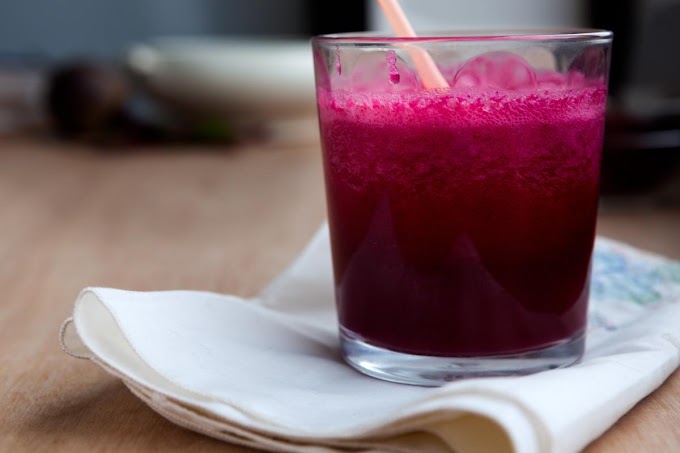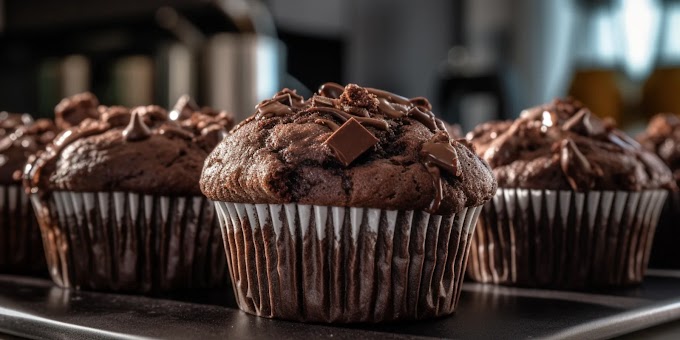Homemade pizza is a culinary delight that offers a blank canvas for creativity. Whether you're a pizza aficionado or a casual home cook, learning how to apply toppings properly can elevate your pizza-making game. While making dough and perfecting your sauce are essential, knowing how to distribute toppings evenly is the key to achieving that perfect balance of flavors. In this blog, we'll explore the art of applying pizza toppings, how to layer them for the best results, and tips for making your homemade pizza taste as good (if not better) than your favorite pizzeria's pie.
Why Topping Placement Matters
Before diving into how to apply toppings, it’s important to understand why topping placement matters. Pizza is a complex dish where each ingredient plays a role in creating a balanced, harmonious experience. From the sauce to the cheese and other toppings, each layer adds flavor, texture, and moisture. The way you arrange these components affects how evenly the pizza cooks and how each bite tastes.
An improperly topped pizza can leave you with uneven cooking—some parts soggy while others are too dry or burnt. Additionally, improper topping distribution can result in one bite being overwhelmed by a single ingredient, such as pepperoni, while another bite lacks flavor.
So, how do you apply pizza toppings to get that perfect slice every time? Let’s break it down step by step.
Step 1: Start with the Right Base
The foundation of any great pizza is its crust, and a good crust begins with dough. After you’ve prepared your dough and rolled it out, pre-bake it for 5-10 minutes before adding toppings. This step ensures the dough doesn't get too soggy from the toppings, particularly the sauce, and gives the pizza a firm base for holding all the ingredients.
Pre-baking your crust allows the inside to begin cooking, so when you finally bake the fully topped pizza, the base remains crisp while the toppings cook through perfectly.
Step 2: Add the Sauce
The first layer to go onto your pre-baked dough is your pizza sauce. Whether you’re using a classic marinara, pesto, or a white sauce, it’s essential not to overload the pizza. Apply the sauce evenly using the back of a spoon or a ladle, starting in the center and spiraling outward toward the edges.
Aim for a thin, even layer, about a quarter of an inch thick. If you use too much sauce, the dough might get soggy and not cook through. Conversely, if you apply too little sauce, your pizza could end up dry and lack flavor.
Step 3: Cheese It Up
Cheese is arguably the most important topping on a pizza. Mozzarella is the go-to for most pizzas, but feel free to experiment with other cheeses like provolone, cheddar, Parmesan, or a blend. Some people prefer to put the cheese on before the toppings, while others sprinkle it on top after adding them.
For the best results, sprinkle cheese over the sauce evenly but leave a slight gap around the edges of the crust—about half an inch. This gap allows for some cheese to melt and bubble while preventing it from dripping off and burning on the pan.
If you're adding multiple types of cheese, ensure an even distribution for a balanced flavor. Soft cheeses like fresh mozzarella or ricotta may need to be added in dollops, while shredded cheese can be spread uniformly.
Step 4: Distribute the Toppings Evenly
Now comes the fun part: adding the toppings. This is where you can let your creativity shine, but there’s a method to follow for optimal results.
The Order of Toppings Matters
If you’re using raw vegetables or meats, keep in mind that some toppings take longer to cook than others. For example, thinly sliced onions and bell peppers cook faster than large chunks of sausage or mushrooms. If you want everything to cook evenly, consider the following order:
Vegetables: Add raw vegetables first. They need to be closer to the heat source to cook thoroughly. Thinly sliced vegetables like onions, mushrooms, and bell peppers should go directly on top of the cheese. For denser vegetables like zucchini or broccoli, you might want to roast them briefly before adding them to the pizza.
Meats: Meats that are already cooked, like pepperoni, ham, or pre-cooked sausage, can go on top of the vegetables. If you’re using raw meats like chicken or beef, ensure they’re cut into small pieces and placed at the top of the pizza to ensure even cooking. In some cases, it’s best to pre-cook meats before adding them to the pizza.
Cheese Topping (Optional): After layering your vegetables and meats, you can choose to add another light sprinkling of cheese on top. This helps to seal in the toppings and create that oozy, melted effect when the pizza bakes.
Balancing Toppings
One of the common mistakes people make when making pizza at home is adding too many toppings. Overloading your pizza can lead to uneven cooking and a soggy crust. Stick to 3-4 toppings at most, ensuring that each one is evenlydistributed across the pizza.
If you’re making a pizza with fewer toppings, like a classic Margherita, you can place toppings like fresh basil or sliced tomatoes strategically to create a visual pattern. However, for pizzas with more toppings, aim for a more uniform spread so that every slice has an equal amount of flavor.
Step 5: Bake at the Right Temperature
Once your pizza is topped to perfection, it’s time to bake. The temperature you choose will affect how the toppings and crust cook. A high temperature (450°F to 500°F) is ideal for pizza because it allows the crust to crisp up while ensuring that the toppings cook quickly and evenly.
Be sure to check the pizza about halfway through the cooking process. If some of the toppings seem undercooked while others are already done, consider moving the pizza closer to or further from the heat source as needed.
Step 6: Final Touches
After you’ve taken the pizza out of the oven, give it a few minutes to cool before slicing. This helps the cheese set, preventing the toppings from sliding off.
For an extra burst of flavor, add fresh toppings after baking. Fresh herbs like basil or arugula, a drizzle of olive oil, or a sprinkle of Parmesan can enhance the pizza's overall taste. You can also add a dash of seasoning like chili flakes or garlic powder for a little kick.
Conclusion
Mastering the art of topping placement on homemade pizza can make all the difference between a good pizza and a great one. Whether you're making a classic pepperoni pizza or experimenting with gourmet combinations like fig and goat cheese, the key to a perfect pizza lies in the even distribution of toppings, using the right layering techniques, and baking at the correct temperature.
So the next time you make pizza at home, remember these tips, and you’ll create a pie that's not only delicious but also visually appealing. Once you've nailed the process, you'll find that homemade pizza is more than just a meal—it’s an experience, one that can be customized endlessly to suit your taste and style. Happy pizza-making!








Social Plugin